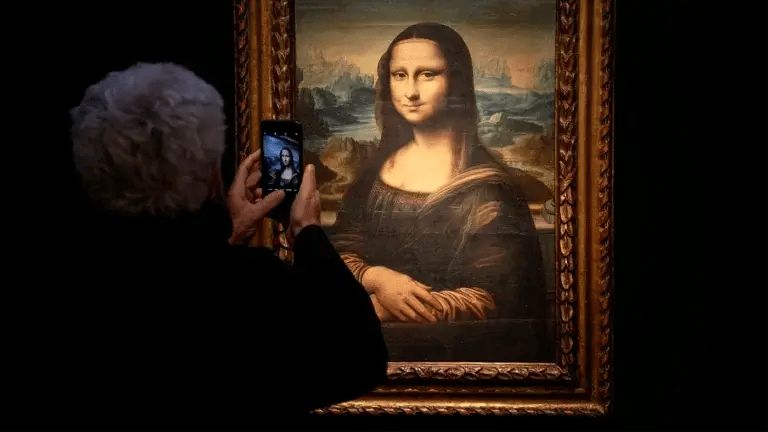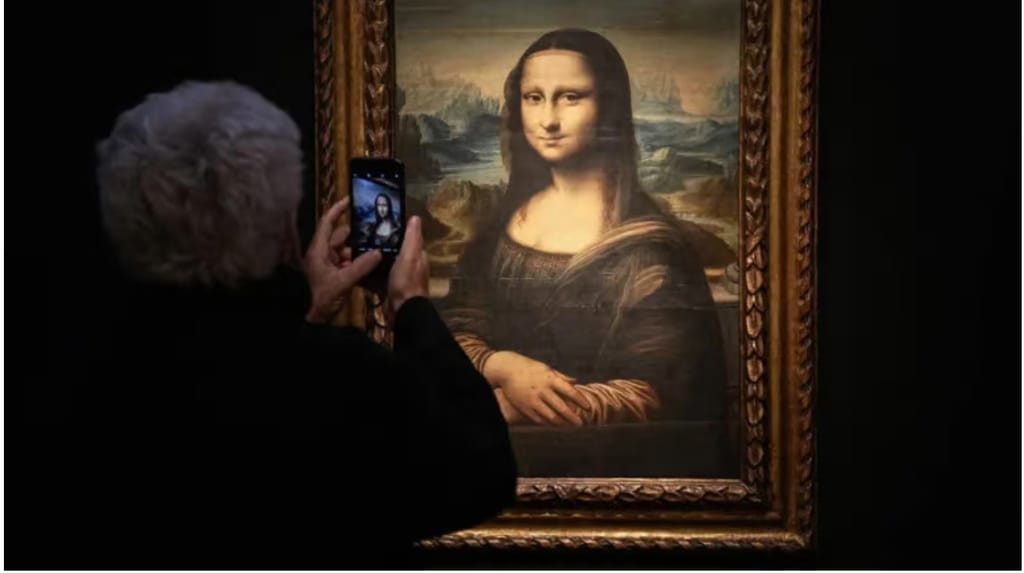
According to Italian historian Silvano Vinceti, the bridge in the well-known Leonardo da Vinci painting Mona Lisa is really from a little Tuscan village, according to The Guardian. The bridge lies in the province of Arezzo and is known as the Romito di Laterina. In the past, ideas suggested that the bridges visible in the background of the painting’s subject were Ponte Buriano, near Laterina, and Ponte Bobbio, in Piacenza. Vinceti located the bridge using records from the past and aerial photographs. The number of arches, he said, was the deciding factor for him. Four arches make up the bridge in the famous oil painting, matching the number of arches at Romito di Laterina, even though the bridge currently only has one arch which stretches over the Arno River, and the rest were destroyed).
At least one enigma surrounding the painting will be permanently solved if he is correct
Both Ponte Buriano and Ponte Bobbio have more than six arches each. According to records pertaining to the Medici family, the bridge was active and in use between 1501 and 1503, Vinceti said. Leonardo was at that time working for Cesare Borgia and Piero Soderini in the Val d’Arno region. The bridge offered a diversion that shaved several hours off the travel time between Arezzo, Fiesole, and Florence.
At least one enigma surrounding the painting will be permanently solved if he is correct. The portrait was painted by Italian Renaissance master Leonardo da Vinci, often known as La Gioconda. It features a seated woman who is thought to be Lisa Gherardini, the wife of a prosperous Florentine businessman, and is regarded as a masterpiece of High Renaissance painting. She is sitting with a calm and mysterious look that can be read as either a smile or a neutral expression. The picture has a sense of mystery and intrigue since it appears as though her gaze is following the observer.
